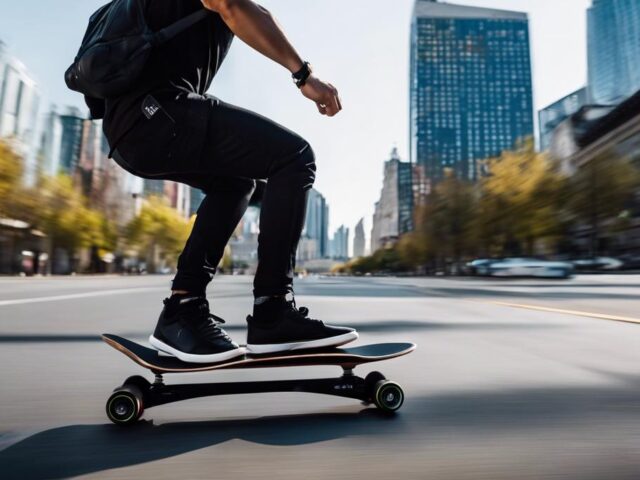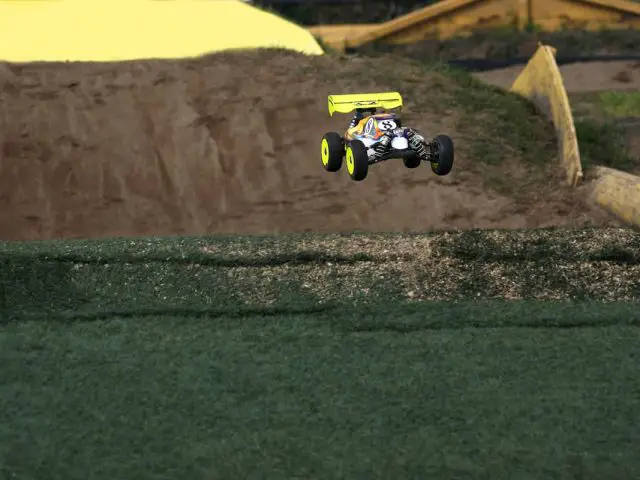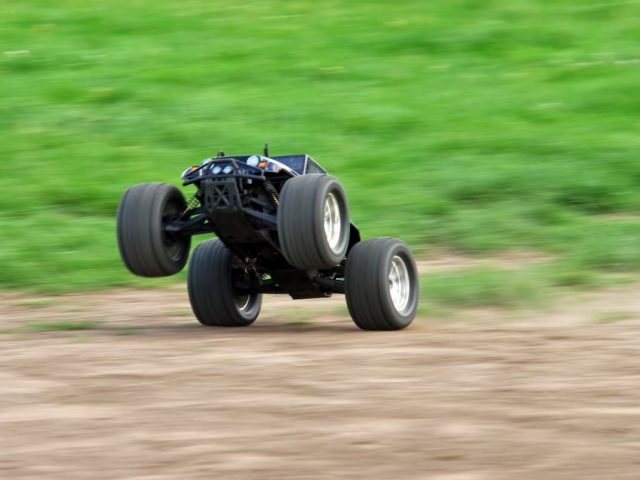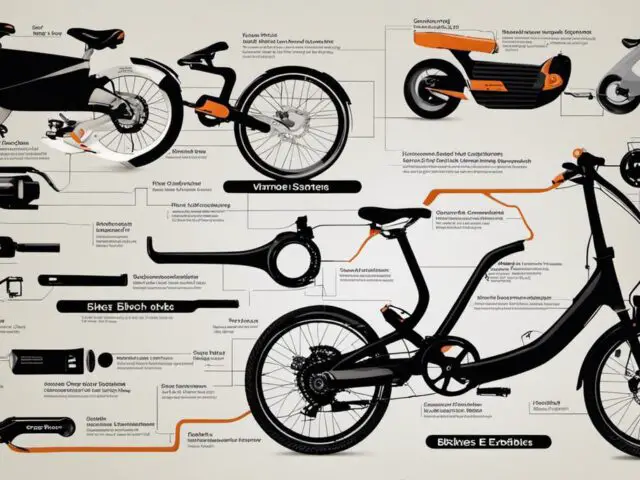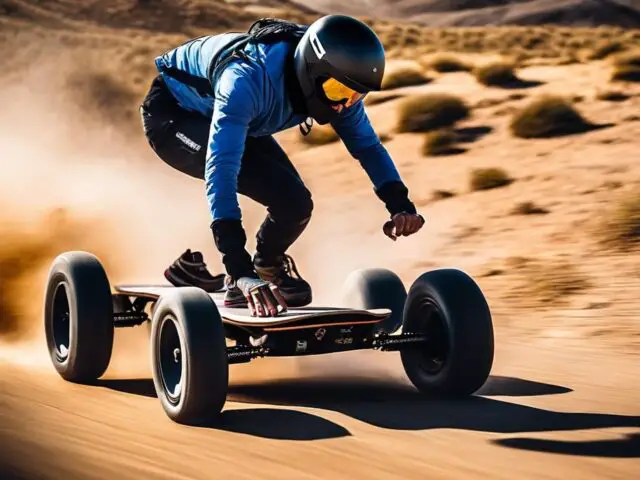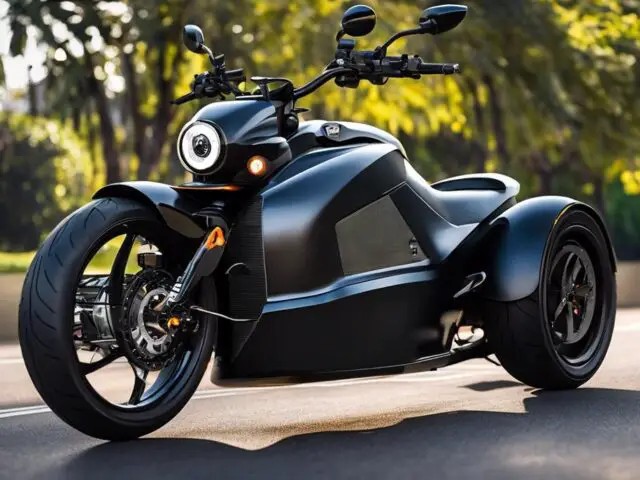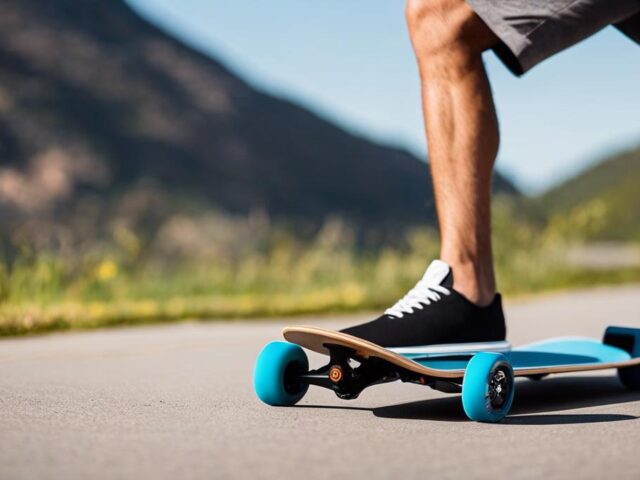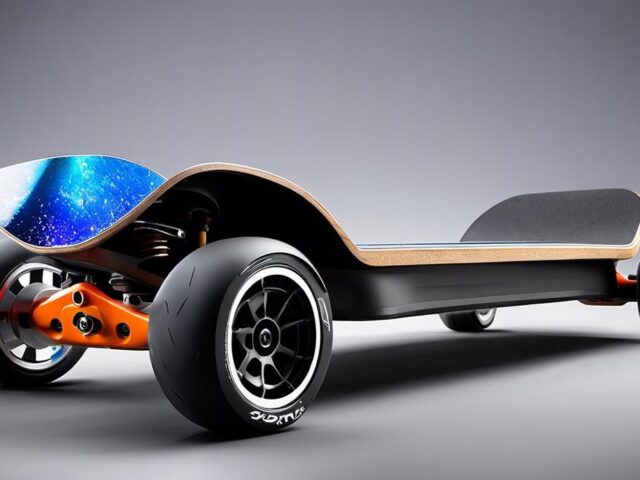With the advent of technology, mountain biking has been revolutionized with the introduction of electrically-powered bikes. As an enthusiast or a hobbyist, embracing this efficient, eco-friendly mode of transport requires a solid understanding of the intricate details that set them apart. Our discussion today takes an in-depth look into the unique features of electric mountain bikes including motor types, battery life, control handling, safety features, and maintenance requirements. We then dive straight into the essential riding techniques ideal for efficiently harnessing motor power across various terrains. To crown it all, we’ll delve into the crucial safety precautions that every e-mountain bike rider needs to keep top of mind.
Understanding Your E-Mountain Bike
Unveiling the Essential Features of an Electric Mountain Bike
Mountain biking is a hobby that not only promises an adrenaline rush but also offers an excellent means of workout and adventure. As technology expands its purview and intertwines deeper with our lifestyles, the rise of the electric mountain bike has undoubtedly changed the game in the biking community.
Having the right set of features in your electric mountain bike is the key to a fulfilling ride, regardless of whether you are a beginner or a seasoned rider. So, what are the essential features to look out for? Grab your biking helmets, and let us go for a ride through these are must-have components.
- Power-Packed Battery:
- Robust Motor:
- Frame and Suspension:
- Tires and Brakes:
- Electronic Controls:
At the heart of every electric bike is its battery, the source of life powering every adventure. Electric mountain bikes often come with batteries ranging from 400Wh to 600Wh. A battery capacity of about 500Wh is generally eminently suitable for extended treks. However, consider usage habits, typical ride duration, and terrain before picking your battery capacity.
The motor augments your pedaling power, enabling you to ascend steep inclines and maintain speed in challenging terrains. Motors are typically categorized into two: hub motors and mid-drive motors. Adept mountain bikers often lean toward mid-drive motors due to their effective weight distribution and control.
The frame serves as the backbone of the bike. Aluminum and carbon fiber are notable for being both durable and lightweight, making them ideal for mountain bike frames. The suspension on an electric mountain bike is also crucial for efficiency and comfort. Full suspension bikes, with shocks in front and at the back, are ideal for rocky terrains.
Mountain bikes require tires that can tackle a range of terrains while offering proper traction. Typically, a tire width of 2.25 to 2.6 inches is recommended. Additionally, the braking system should be reliable and responsive. Hydraulic disc brakes are the standard in electric mountain bikes due to their good modulation and excellent stopping power under varied conditions.
Both the bike’s motor and battery should be controlled seamlessly for an enjoyable ride. Look for user-friendly and intuitive controls that allow quick changes on the go. An efficient system would offer important real-time information such as remaining battery life, speed, and distance traveled.
Electric mountain bikes can transform the way you explore trails, bridging the gap between man and machine in a way that’s harmonious and exhilarating. While these features are essential, it’s equally important to remember that a bike is so much more than the sum of its parts. Above all, it must resonate with you, fitting your body and style, leading to an unmatched joy that comes from soaring down trails. After all, isn’t that the essence of this hobby we all love?
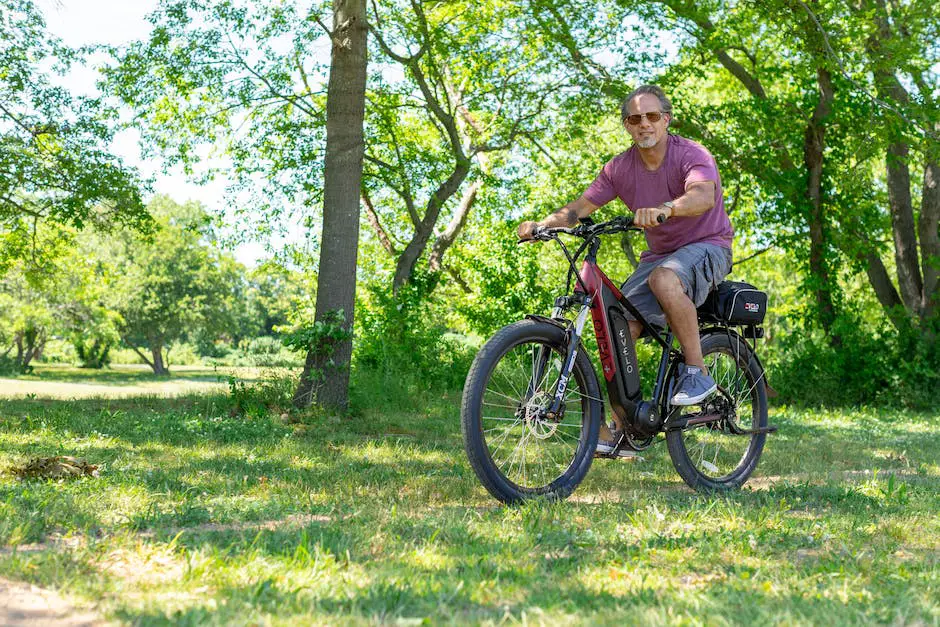
Riding Techniques
Mastering E-Mountain Biking: Effective Riding Techniques
E-mountain biking isn’t only about having the right gear; it’s also about learning and utilizing proper riding techniques. Given that you’re now familiar with the equipment side, let’s delve into the captivating world of e-biking strategies that can drastically enhance your riding experience.
Body Positioning
When it comes to e-mountain biking, maintaining the right body posture is essential. Keep your body relaxed and flexible. Your knees and elbows should be slightly bent to absorb shock from the uneven terrain. When descending, shift your weight backward to maintain balance and control. For uphill sections, lean forward to increase traction on the front tire. Remember not to grip the handlebars too tightly – keep your grip light and comfortable.
Gear Shifting
Understanding gear shifting is vital for a smooth and effortless ride. Aim to change gears before the slope increases in steepness to prevent strain on both the motor and drive chain. Higher gears provide faster speed but require more power; on the contrary, using lower gears offers less speed but reduces exertion. Always monitor your trail and anticipate when a gear shift is needed.
Cornering
E-mountain bikes are comparatively heavier due to the additional motor and battery, which can affect their maneuverability. Therefore, mastering efficient cornering techniques is key. Always look into the turn and bend your inside knee slightly towards the bike. Remember to gently use your brakes before the turn – decelerating amidst a corner can result in loss of grip.
Using Motor Assist Properly
Understanding your e-bike’s motor assist levels is critical. Most models have various levels of assistance, and one might be tempted to set it to maximum at all times; however, this may deplete the battery rather rapidly. Adjusting motor assist according to the terrain can help conserve battery life and enhance your biking experience. Use less assistance on flat terrains or downhill, and save the high assist setting for steep inclines.
Conserving Battery
Planning your trail is beneficial to extend your battery life. If your route includes multiple challenging uphill sections, it would be wise to save your battery for these parts. Also, if your bike allows, consider using regenerative braking to charge the battery during downhill sections. Every ounce of power saved extends your riding time and distances.
Understanding and implementing these e-mountain biking techniques is a journey that will transform every pedal stroke, turning you from a novice into an accomplished e-mountain bike rider. Immerse yourself in the thrill of the ride, and remember, practice makes perfect, so keep hitting those trails!

Photo by ardievans on Unsplash
Safety Precautions
Staying Safe and Secure on an Electric Mountain Bike
Riding an electric mountain bike (also known as an e-MTB) is a thrilling adventure that demands a unique blend of cycling abilities and technical savvy. But, as exhilarating as powering up a steep mountain trail may be, there are significant safety measures that should play a crucial role in every e-MTB journey. Here’s the lowdown on some crucial safety strategies that every e-MTB rider should follow.
- Maintain the E-MTB Regularly:
Every good e-biking experience starts with ensuring your ride is in tip-top condition. Remember, an electric mountain bike is a complex machine—the health of its mechanical and electrical components can dramatically impact safety. Regularly schedule maintenance checks, focusing on parts like pedals, handlebars, gears, chains, and electronic parts. Proper maintenance enables early detection of possible issues, promoting safety and prolonging the life of the bike.
- Protective Gear is a Must:
Being fully geared in protective equipment when riding an e-MTB isn’t just a wise choice—it’s a necessity. Helmets, knee and elbow pads, gloves, and appropriate footwear provide essential protection should an accident occur. The likelihood is that at some point, a tumble or slip might occur. Be prepared by arming yourself with the best protective gear you can find.
- Lighting for Safety:
Since e-MTB rides often take place off the beaten path and potentially in low light conditions, good lighting is critical. A robust headlight and rear light will help prevent accidents by boosting visibility, both for yourself as you navigate the trail and for others who might be sharing the trail with you.
- Learn Emergency Maneuvers:
Like any adventurous sport, knowing how to react in an emergency can make all the difference when e-mountain biking. Ensure you’re familiar with essential emergency braking techniques, body weight shifting, and quick-turn maneuvers. Experience and practice are key here—the more comfortable you get with these techniques, the more instinctual they’ll become.
- Trail Courtesy and Etiquette:
Finally, remember that the trail doesn’t belong to e-bikers alone. Many trails are shared with pedestrians, non-electric bikers, and even wildlife. Always respect the right-of-way rules, yield to pedestrians and other bikers when necessary, and never disturb wildlife. In this way, not only will you keep yourself safe, you’ll also contribute to maintaining peaceful and harmonious trail conditions for everyone to enjoy.
Electric mountain biking is an exhilarating hobby that offers endless hours of fun and adrenaline. By conscious practice and following these safety tips, e-MTB enthusiasts can ensure every ride is safe, enjoyable, and most importantly, an adventure to remember. Ride on!
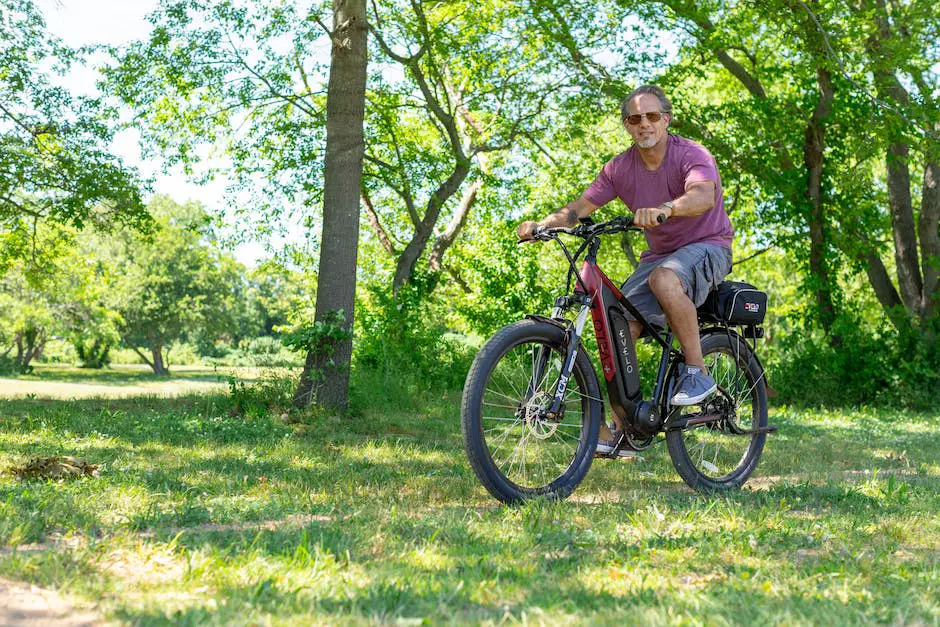
Mastering the art and mechanics of riding electric mountain bikes is no small feat. It’s an exciting journey that couples the thrill of outdoor adventure with the satisfaction of physical activity. Understanding the dynamics of your e-mountain bike lays the foundation for an efficient and comfortable ride. Developing essential riding techniques enhances your biking experience while adhering to safety precautions safeguards your well-being on and off the trail. As you venture into this fascinating world of e-mountain biking, always remember that the rider’s safety is always paramount and enhancing your riding skills is a continuous process. Safe Riding!
Helpful Links
For all your RC Questions, Click HERE
If you are interested in RC cars and trucks, RC World has you covered.
For RC boats and watercraft, check these articles out.
For all your RC Airborne endeavors, we have everything you need.
Top Electric Skateboards for a Seamless Ride: Find Your Perfect Match
Electric skateboarding is swiftly cementing its status as not just a thrilling recreational pastime, but also as a viable mode of urban transportation. The thrill-seekers and eco-conscious commuters…
What does Bashing Mean in the RC Racing Community?
If you like RC racing then you must have heard the term “Bashing” at least once. It’s not uncommon to be unfamiliar with the term if you are…
Pushing Performance Limits [ Maximizing Cheap RC Cars ]
Top tier RC cars can be pretty expensive. Not everyone has the luxury to invest loads of money on a good quality RC car. But, you’re a RC…
Definitive Guide to Safe E-Bike Commuting
The world of commuting is rapidly evolving, and E-Bikes constitute a significant part of this transformation. As individuals seek more eco-friendly and efficient forms of travel, E-Bikes have…
Adjusting Electric Skateboard Speed Settings
Electric skateboards are transforming the way we move, offering a blend of excitement and practicality that’s hard to match. With a remote control in hand, riders have the…
Top Off-Road Electric Skateboards in 2023
Exploring the exhilarating world of off-road electric skateboarding brings adventure right beneath your feet, but nailing the perfect ride demands more than just gusto; it requires a skateboard…
DIY Guide: Build Your Own Electric Trike
Embarking on the journey of building your very own electric trike can be an exciting, yet challenging endeavor. This project requires a solid understanding of the different components…
Top Electric Skateboards for Every Skill Level – Find Your Perfect Ride!
The electric skateboard wave is swelling, and surfers of the concrete sea are eager to catch the thrill. Whether you’re looking to dip a toe in the water…
Mastering Speed and Range of Electric Skateboards
In the thrilling world of modern transportation, the advent of electric skateboards has revolutionized how enthusiasts explore and traverse urban landscapes. This innovation marries convenience and excitement, presenting…

